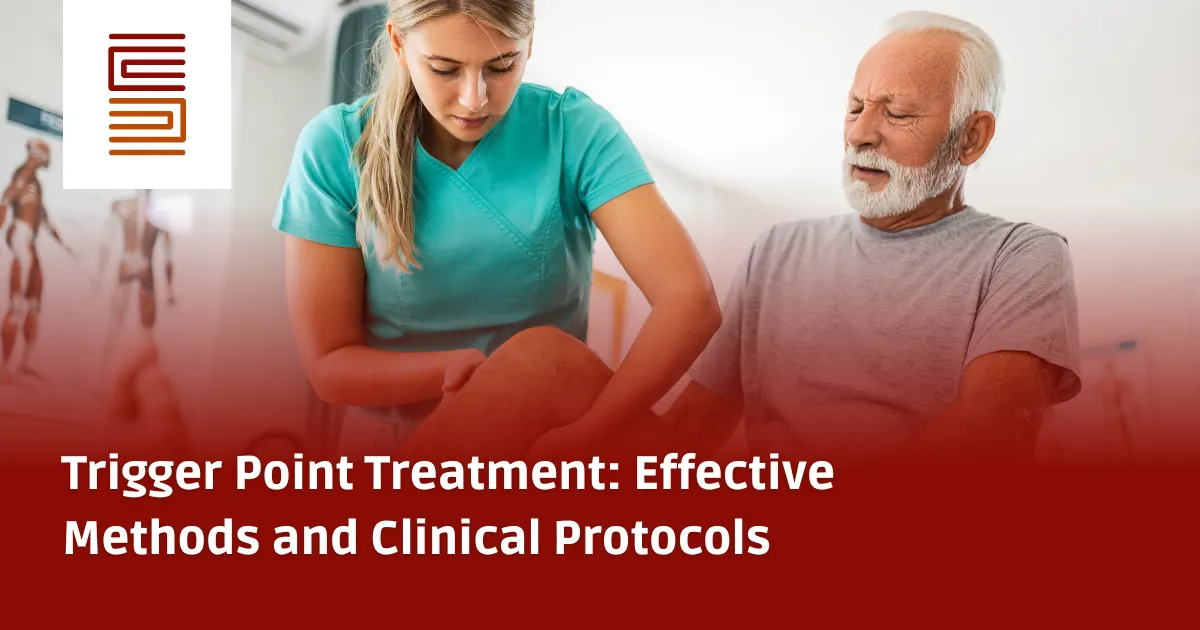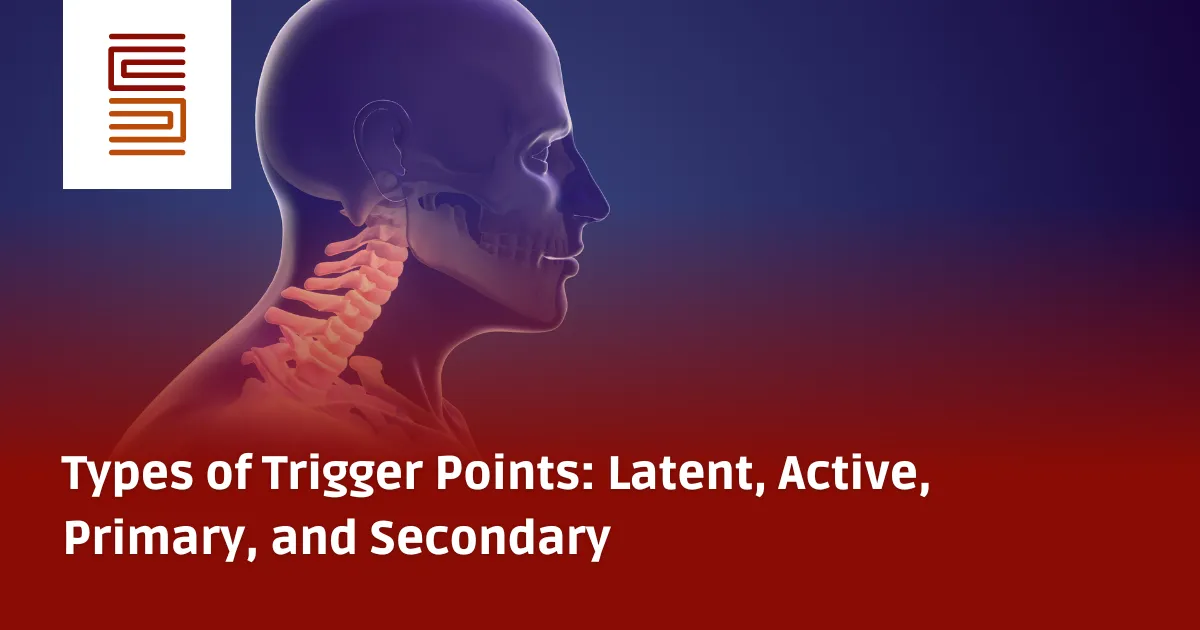Trigger Point Pathophysiology: How Trigger Points Affect Muscles
Learn how trigger points impact muscle function, causing increased tension, reduced range of motion, and contractile weakness. Understand the physiological effects on the body.
Understanding the Functional Impact of Trigger Points
Trigger points do more than just create localized pain; they fundamentally alter muscle function by disrupting normal neuromuscular activity. These changes can lead to chronic muscle tightness, fatigue, and widespread musculoskeletal dysfunction.
When a myoneural junction malfunctions, it disrupts the way a muscle contracts and relaxes, leading to three primary functional distortions:
- Inability of the muscle to fully relax
- Weakening of the muscle’s overall contractile force
- Reduction in the muscle’s range of motion
The Effects of Increased Resting Muscle Tension
Unlike typical muscle tension regulated by the nervous system’s motor control feedback mechanisms, trigger point-induced tension is not automatically corrected by the body, making it difficult to recognize and treat through traditional healthcare approaches.
This type of muscle dysfunction leads to chronic tightness, fatigue, and a significant energy drain on the body. Many individuals report feeling tired or fatigued without realizing that muscle tension has accumulated over time due to active trigger points.
The Local Energy Crisis in Trigger Points
When a trigger point remains in a constant state of contraction, it leads to a localized energy crisis in the muscle fibers. This occurs due to:
- Impaired blood circulation – Sustained contraction restricts blood flow, preventing oxygen and nutrients from reaching muscle fibers.
- Buildup of metabolic waste – Lack of circulation prevents waste removal, causing further irritation.
- Prolonged muscle stress – The lack of proper circulation creates a self-sustaining cycle of muscle tightness and dysfunction.
This cycle can persist for long periods, keeping the muscle in a dysfunctional, energy-depleting state.
Post-Treatment Awareness of Muscle Tension
One of the most fascinating aspects of trigger point therapy is that individuals often do not realize how much tension they were holding until after treatment.
- When trigger points are deactivated, muscles return to a true state of relaxation.
- Many clients experience a dramatic shift in how they feel, realizing that they were carrying more tension than they originally thought.
- This newfound awareness of relaxation can also bring about emotional relief, as chronic muscle tension is often linked to stress and anxiety.
Trigger Points vs. True Muscle Spasms
There is often confusion between trigger point activity and traditional muscle spasms. However, these are two distinct processes.
- True neurological muscle spasms are caused by nerve dysfunction or abnormal reflex responses.
- Trigger point-induced tension is caused by neuromuscular junction malfunction and localized energy depletion.
- The traditional Pain-Spasm-Pain Cycle theory does not apply to trigger points, as their mechanism of dysfunction is different from true muscle spasms.
The Phenomenon of Referred Spasms
Interestingly, trigger points are more likely to cause spasms in other muscle groups rather than in the muscle where they are located.
This phenomenon is called referred spasm, where:
- A trigger point in one muscle can induce tightness, dysfunction, or spasms in a completely different muscle group.
- This referred pain pattern is why trigger points can be difficult to diagnose, as the source of pain is often distant from the affected area.
- The Referred Pain & Symptoms section further explores how trigger points mimic other musculoskeletal disorders.
Managing Trigger Points for Long-Term Relief
To break the cycle of chronic muscle tension and dysfunction, a comprehensive approach is required.
Self-Care and At-Home Treatments
✔ Stretching and Mobility Work – Helps lengthen and relax overactive muscle fibers.
✔ Heat and Cold Therapy – Improves circulation and reduces inflammation.
✔ Self-Massage and Foam Rolling – Helps deactivate latent trigger points.
Professional Therapies for Trigger Point Relief
✔ Trigger Point Therapy – Hands-on release techniques to deactivate chronic trigger points.
✔ Physical Therapy – Strengthening weak muscles to restore proper function.
✔ Chiropractic Adjustments – Addressing spinal alignment to reduce referred pain.
How Texas Support Network Supports Individuals with Chronic Muscle Dysfunction
At Texas Support Network, we provide comprehensive pain management and therapeutic services to assist individuals suffering from chronic muscle tension and mobility issues.
✔ Home Care Services – Helping individuals manage daily activities while dealing with chronic pain.
✔ Hospice Care Assistance – Providing comfort and pain relief for individuals with long-term conditions.
Take the Next Step Toward Muscle Relief
Understanding trigger point pathophysiology is essential for effective pain management. If you need personalized care and treatment, contact Texas Support Network today.
Visit: Texas Support Network




